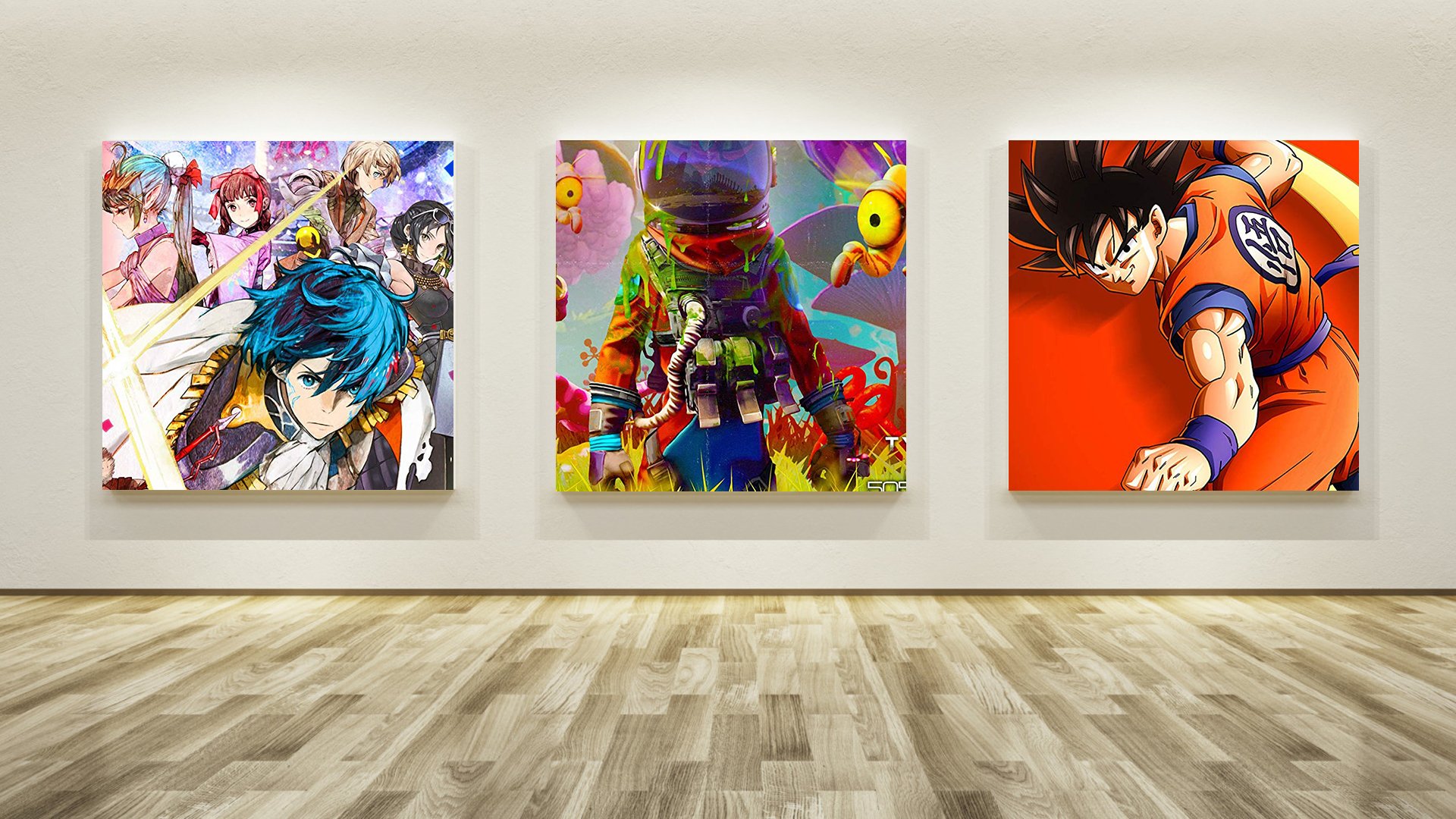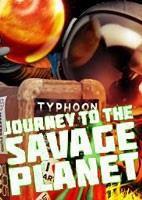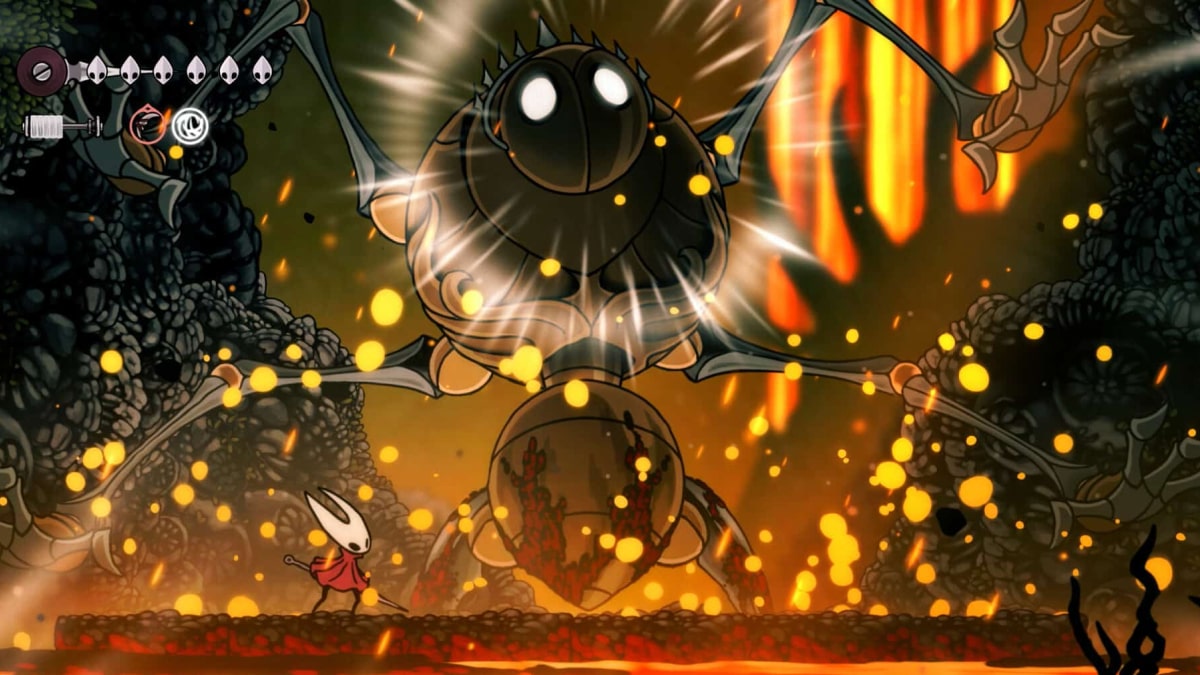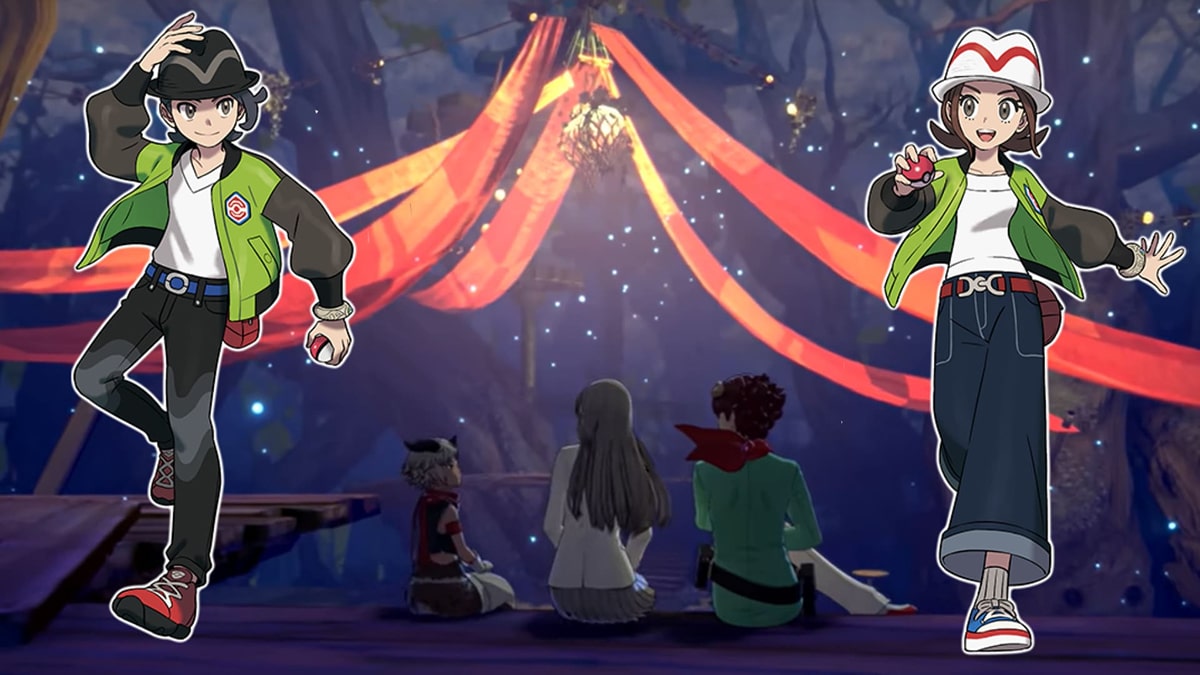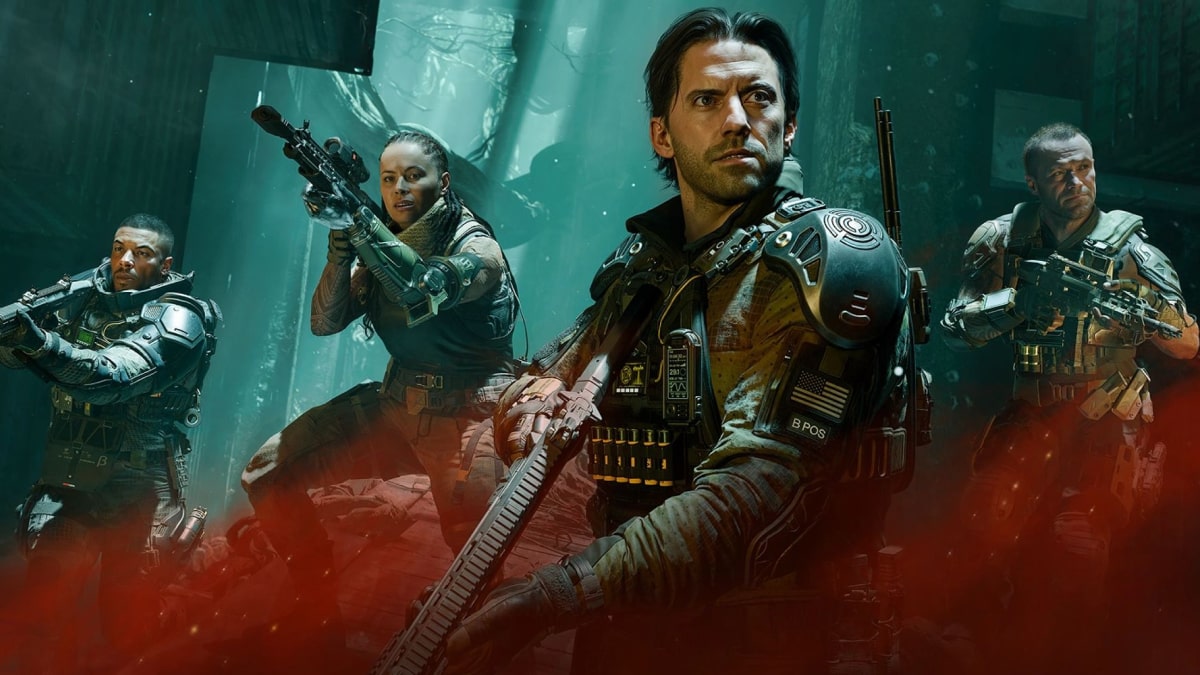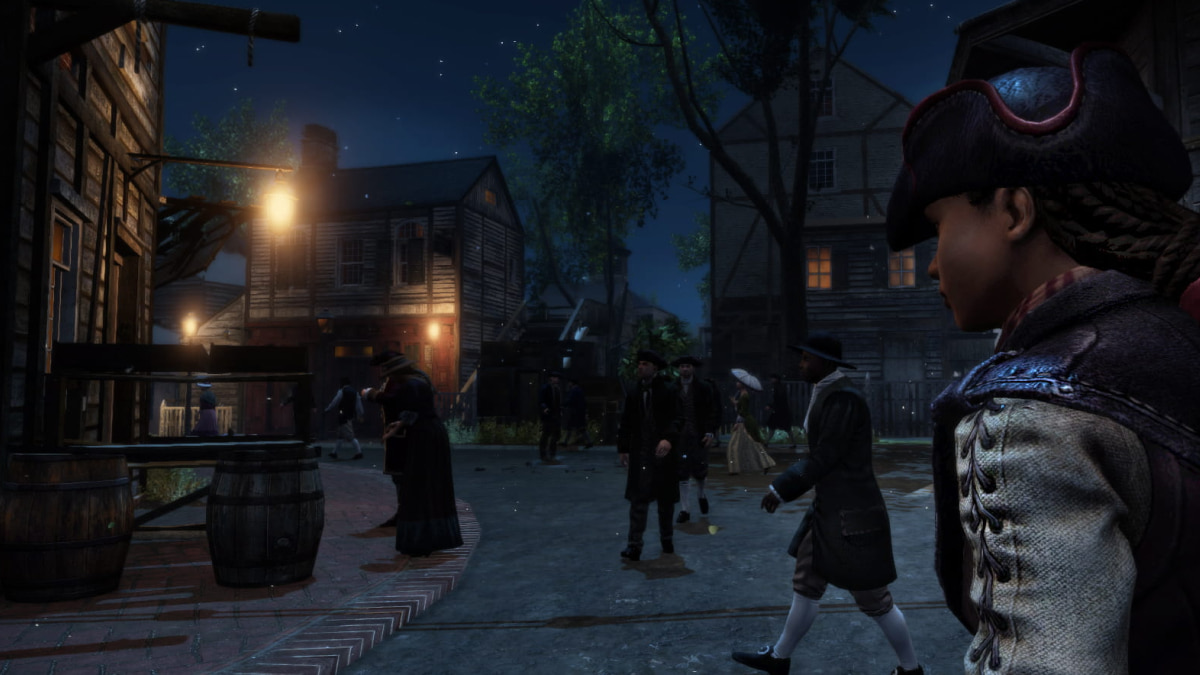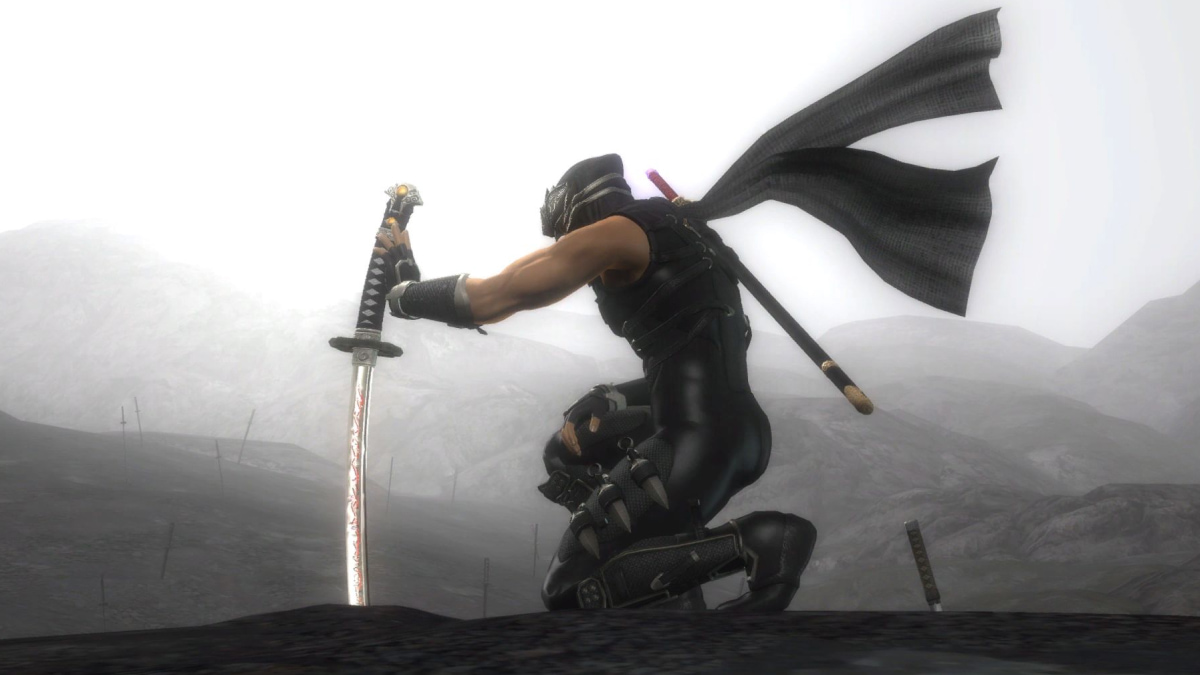You can trust VideoGamer. Our team of gaming experts spend hours testing and reviewing the latest games, to ensure you're reading the most comprehensive guide possible. Rest assured, all imagery and advice is unique and original. Check out how we test and review games here
Each month, we invite élite art critic Braithwaite Merriweather to appraise the box art of the latest game releases. In between his time spent wandering the corridors of culture, Merriweather writes on a freelance basis for various publications, including Snitters and Nuneaton à la Carte. If you are unaware of his prowess, rest assured; he’s on a crusade to educate the unwashed. Put simply, he’s a man that needs no introduction.
Snorkelling through the sewage of the modern box art scene, one can be forgiven for being of the impression that we are not living in an enlightened age. Couple this with the general January mood—which makes me feel blubbery and vulnerable, yet noble and beautiful, like a beached whale—and it’s no wonder I feel listless. I glance hither and thither, looking for some tonic to add zest to my spirits, and, for some ungodly reason, I take myself to the local theatre. As a ruthless, ceaseless, and helpless patron of the arts, there is no medium that escapes my gaze. Unfortunately, this production of Look Back in Anger has spiced my disposition not with intrigue and movement but with desperation.
I write this from the consoling isolation of a cubicle, in the theatre lavatories. The speaker system has just intoned, with an electronic froth of static, the request—nay the demand—for us all to once again be seated and subjected to the tyranny of the amateurs. But I don’t think anything can drive me back to that auditorium. I do not wish to start the new year an Angry Young Man, nor to begin the twenties looking back in anger; fortunately, I have, as ever, brought with me my box art samples, sent to me by this venerable website, with which I can—with perhaps a tincture of delusion—Look Forwards in Hope!
Journey to the Savage Planet
Having once been involved in the amateur dramatics scene, participating in a plodding production of Joseph and the Amazing Technicolor Dreamcoat, in primary school, in which—as one would “participate” in a lengthy prison stretch—I have not only an aversion to second-rate drama but to rainbow-slathered palates. It is, to me, the antithesis of art; art involves making choices, whereas opting for every colour is the coward’s way out. Thus, it is with some irritation that I turn my attentions to this work, “Journey to the Savage Planet.” If you have a soft spot (a mushy deficiency of the mind) for Gustav Klimt, then you may look at this explosion of paint and recall “Death and Life” (1908). I wouldn’t bother, though.
For one thing, what this piece is sorely missing is the presence of Death, which Klimt had the good sense to include, lurking at the left of the frame, adding a much-needed dampener to the garish frivolities of colour that cram the right half (the presence of my ex-wife, at most social functions, had a similar effect). Without the Deathly chill to keep the colours in check, this piece devolves into a mess; whatever planet this sad little cosmonaut has alighted on, it is anything but savage. It looks like a child’s birthday party, a machine-tooled cartoon, the sludgy bowel evacuation of a Play-Doh man. And despite the lack of Death, far more potent a malady is its lack of life.
Tokyo Mirage Sessions #FE Encore
The title “Tokyo Mirage Sessions #FE Encore” is sufficiently stupid to produce the sort of sigh that is lengthy and powerful enough, when working in tandem with a wind turbine, to produce a long-term clean alternative to fossil fuels. However, it is, in this case, an unintentionally apt descriptor. For this is an encore of sorts: we can see the same glutinous approach to colour as before, but here it is tempered, thank God, by something more precise. These oddly battle-eager fops, with their frills and cloaks—halfway between the staff uniforms at Kensington Palace and Count Dracula himself—are outlined with deft pencil strokes, the colours tamed and tapered to fit a variety of surreal forms.
It is as though the work of Klimt were married to the more commercial zones of Alphonse Mucha, who, with his work for Moët-Chandon champagne, in the 19th century, proved that there is a place for grace amongst even the inebriated and the corporate. However, as regular readers will know, I am not gulled by homage alone. A debt to the past, without a purpose, is as non-committal as the colours on display. And any initial suggestions of finesse are soon tamped down when one considers the chaos of the composition: no focus, no narrative, no message to discern—like attempting conversation with a plumber, or my ex-wife, or her solicitor, or the dean of admissions at Sotheby’s Institute of Art. The title proves apt a second time round: the illusory shimmer of promise melts away.
Dragon Ball Z: Kakarot
Friends, forgive me, I think I’ll get back to my seat for the second half.
Journey To The Savage Planet
- Platform(s): PC, PlayStation 4, Xbox One
- Genre(s): Adventure, First Person
